
Paradromics tests brain implant in human during 20-minute surgery
www.foxnews.com
July 2, 2025, 2:11 p.m.
Recently, a neurotech company called Paradromics made headlines by successfully implanting its brain-computer interface (BCI) in a human for the first time. The procedure happened at the University of Michigan during a patient's routine epilepsy surgery. The device was both placed and removed in just about 20 minutes, a quick turnaround for such a complex technology. This achievement is a big deal for Paradromics, which has been working on this brain implant technology for nearly 10 years.
Share on

« Vous pourrez voir un radar, l’infrarouge et l’ultraviolet, comme un superpouvoir » : que cache exactement cette promesse de Musk ?
www.futura-sciences.com
July 2, 2025, 2:10 p.m.
Dans une interview avec Y Combinator, Elon Musk a expliqué que son implant était déjà fonctionnel chez des singes et que l'un d'eux était équipé d'un implant Blindsight depuis trois ans. Selon lui, la définition serait assez basse au début - ce qu'il avait déjà comparé par le passé aux graphismes de l'Atari - « mais à long terme, vous aurez une très haute résolution et pourrez voir des longueurs d'onde multispectrales, de sorte que vous pourrez voir un radar, l'infrarouge et l'ultraviolet, comme un superpouvoir ».
Share on

7 People Now Have Elon Musk's Neuralink Brain Implant
uk.pcmag.com
July 2, 2025, 2:09 p.m.
The implant allows those with cervical spinal cord injuries or amyotrophic lateral sclerosis (ALS) to control a computer with their thoughts. In a February 2025 update, Neuralink confirmed that three people had received its brain-computer interface (BCI). That increased to five by June, when it also reported a $650 million funding round. We're now at seven, Barrow tweeted today; Neuralink retweeted that message.
Share on

Elon Musk Says 'Clear Path' To Restoring Hearing With Neuralink, But The Deaf Community Wants To Have Their 'Say'
www.benzinga.com
July 2, 2025, 2:08 p.m.
"It seems that a lot of the comments here are from people that do not fully understand the deaf/hard of hearing community. Please correct me if I misunderstand what my daughter (who has profound hearing loss) has explained to me. Us hearing people THINK that we are being."
Share on

Breakthrough in BCI: Robotic Hand Control Achieves Precise Finger-Level
bioengineer.org
July 2, 2025, 2:06 p.m.
Advancements in brain-computer interface (BCI) technology are paving the way for remarkable innovations in assistive robotics, particularly in the realm of prosthetic devices. The latest research conducted by a team at Carnegie Mellon University, led by professor Bin He, reveals a groundbreaking achievement in noninvasive BCIs, allowing for real-time control of robotic hands at the individual finger level. This represents a significant leap forward in the application of BCIs, which have the capacity to revolutionize the everyday lives of individuals with disabilities.
Share on
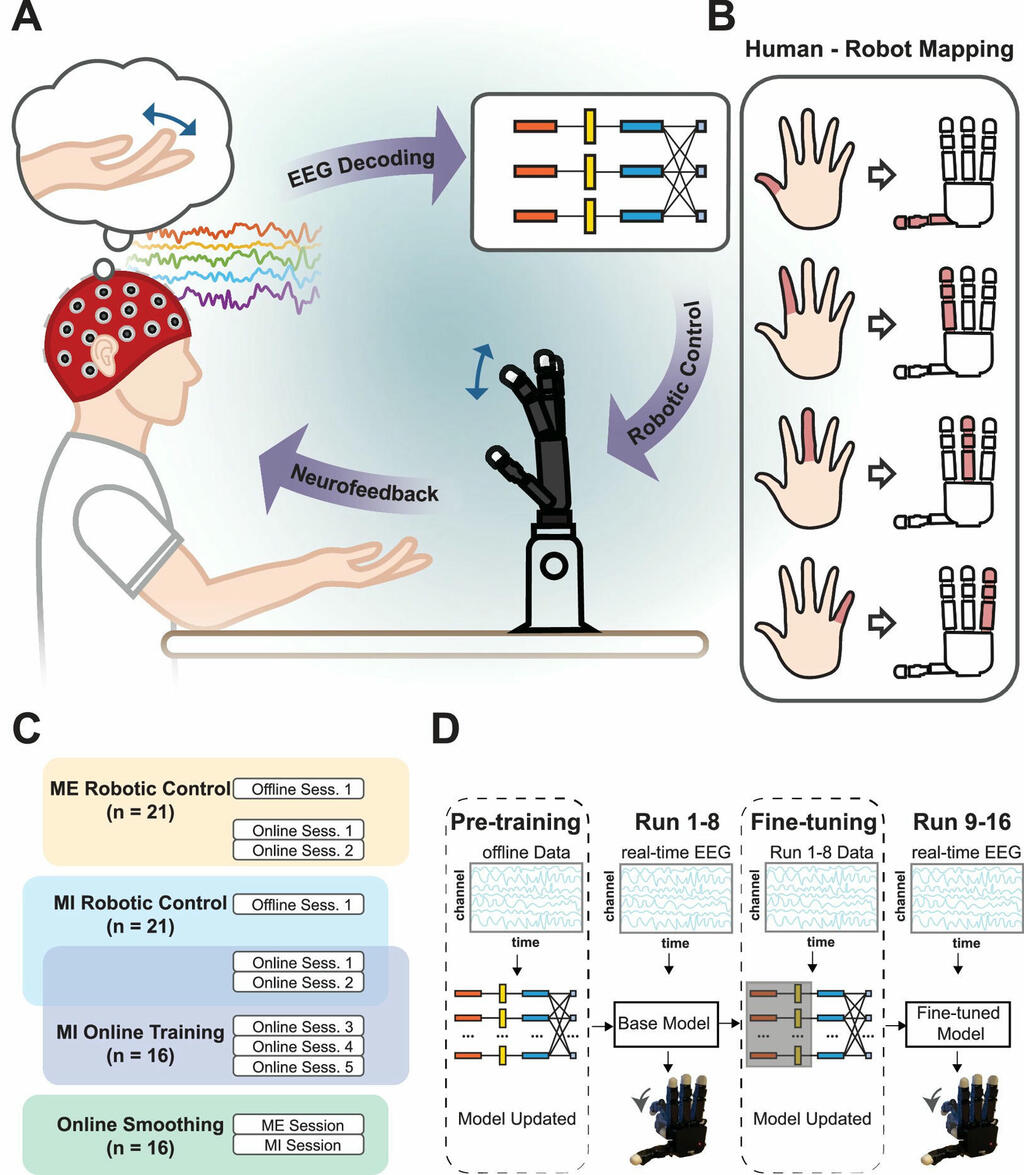
Brain-computer interface robotic hand control reaches new finger-level milestone
techxplore.com
July 2, 2025, 2:05 p.m.
While invasive BCIs have demonstrated the ability to control robotic systems with high precision, their reliance on risky surgical implantation and ongoing maintenance restricts their use to a limited group of individuals with severe medical conditions.Carnegie Mellon University professor Bin He has spent over two decades investigating noninvasive BCI solutions, particularly those based on electroencephalography (EEG), that are surgery-free and adaptable across a range of environments.
Share on

Paralyzed man speaks and sings with AI brain-computer interface
www.foxnews.com
July 2, 2025, 2:04 p.m.
The heart of this system is four microelectrode arrays, surgically implanted in the part of the brain responsible for producing speech. These tiny devices pick up the neural activity that happens when someone tries to speak. The signals are then fed into an AI-powered decoding model, which converts them into audible speech in just ten milliseconds. That's so fast, it feels as natural as a regular conversation.
Share on
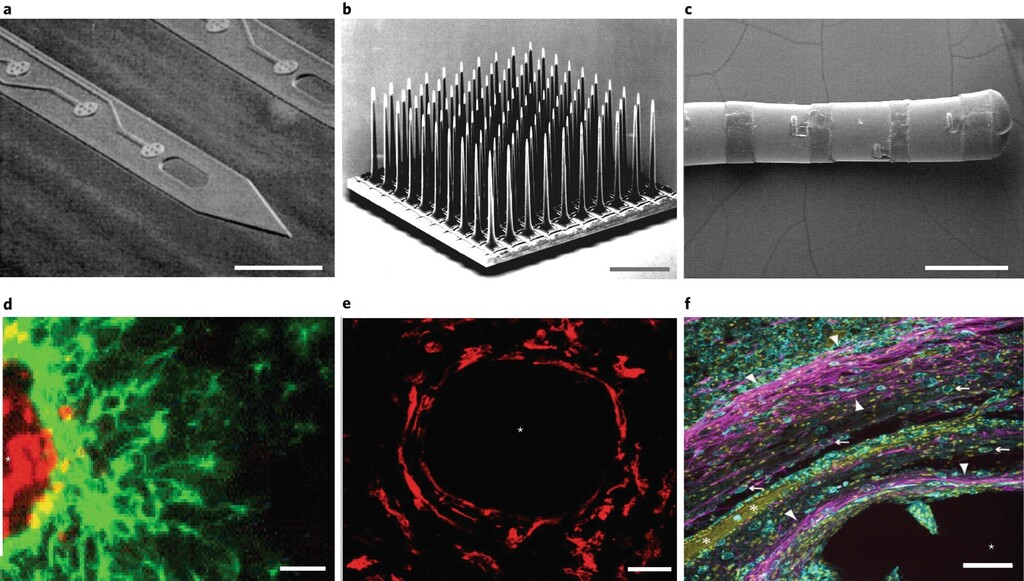
More Than Cell Markers: Understanding Heterogeneous Glial Responses to Implantable Neural Devices
www.frontiersin.org
June 14, 2025, 12:54 p.m.
Probe insertions generate inflammatory responses to acute tissue injuries and the introduction of foreign bodies, known as “foreign body response” (FBR). Chronic neuroprosthetic implants in rats at 16 weeks in contrast to 8 weeks have been shown to increase neuronal and dendritic loss, correlate with tau hyperphosphorylation seen in Alzheimer's disease and other tauopathies, and impede regeneration and recording of activity surrounding the device (McConnell et al., 2009). Assessments of acute proinflammatory events and chronic progression have largely centered on histological analyses of non-neuronal central nervous system (CNS) cells such as microglia, astrocytes and oligodendroglia, including their contribution to neuroinflammation and glial scars.
Share on

Neural Cell Interactions with a Surgical Grade Biomaterial Using a Simulated Injury in Brain Organotypic Slices
www.mdpi.com
June 14, 2025, 12:52 p.m.
In conclusion, our 3D brain slice injury model was successful as a tool for testing a biomaterial implantation therapy, highlighting the use of complex organotypic models for biomaterial testing, to close the gap between simple in vitro 2D models and complex in vivo models. The slices require technically simple procedures and limited training, and are highly cost-effective and humane versus live animal models. Accordingly, they offer the capacity to become a standardised screening model to evaluate neuromaterials, prior to therapeutic testing in live animal models.
Share on
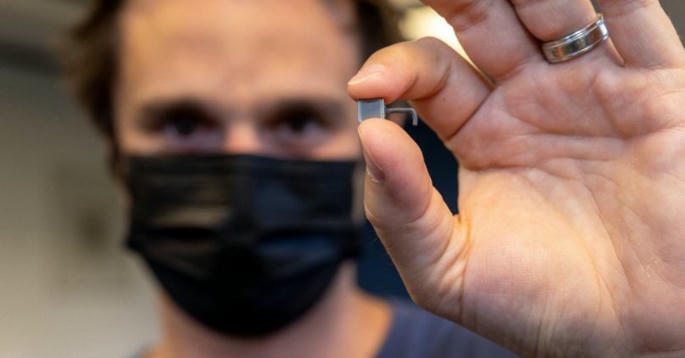
Paradromics challenges Neuralink: First human brain implant sets stage for high-resolution BCI Race
techfundingnews.com
June 13, 2025, 4:21 p.m.
Paradromics has achieved a significant breakthrough in brain-computer interface (BCI) technology, marking a pivotal moment for neurotechnology and the future of communication for people with severe motor impairments. On May 14, at the University of Michigan, the Texas-based startup completed the first successful human implantation of its Connexus BCI, signalling its entry into clinical-stage operations and intensifying the race among neurotech innovators.
Share on
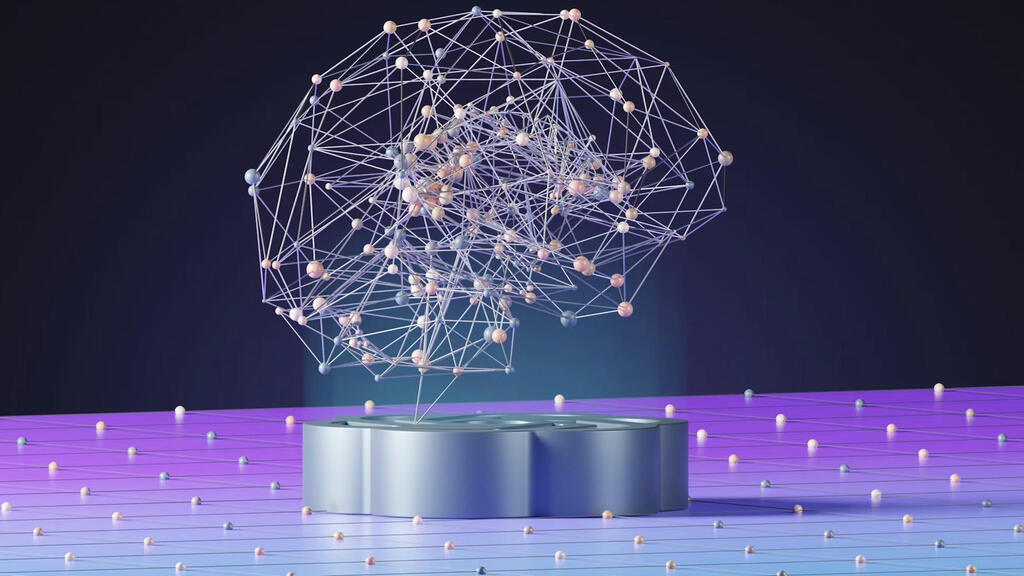
Low-cost 24 channels Brain-Computer interface
pieeg.com
June 13, 2025, 4:19 p.m.
Currently, I am testing PiEEG-24 . So measure 24 EEG channels with RaspberryPi (Low-cost and Open-Source). So measure EEG, EMG, EKG, and EOG data with RaspberryPi, and easy adapt Python SDK for your costume project and for research.
Share on

Un autre concurrent de Neuralink commence à tester son implant cérébral
www.genethique.org
June 13, 2025, 4:17 p.m.
Paradromics, une entreprise spécialisée dans les interfaces cerveau-ordinateur, a annoncé avoir « inséré avec succès » son dispositif, baptisé Connexus, dans le cadre d’un test préliminaire de sa technologie. Le système a été retiré au bout d’une dizaine de minutes.
Share on
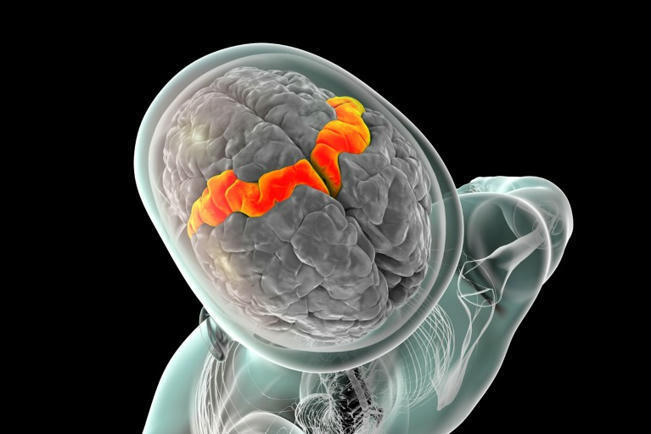
World first: brain implant lets man speak with expression — and sing
www.nature.com
June 13, 2025, 4:16 p.m.
A man with a severe speech disability is able to speak expressively and sing using a brain implant that translates his neural activity into words almost instantly. The device conveys changes of intonation when he asks questions, emphasizes the words of his choice and allows him to hum a string of notes in three pitches.
Share on

Revolutionary Brain-Computer Interface Lets Man Who Lost His Voice to ALS Speak Again In Real Time
laughingsquid.com
June 13, 2025, 4:15 p.m.
The new technology is being developed to restore communication for people who can’t speak due to paralysis or neurological conditions like ALS. It can interpret brain signals when the user tries to speak and turns them into text that is ‘spoken’ aloud by the computer. The voice was composed using artificial intelligence (AI) trained with existing audio samples of his pre-ALS voice.
Share on
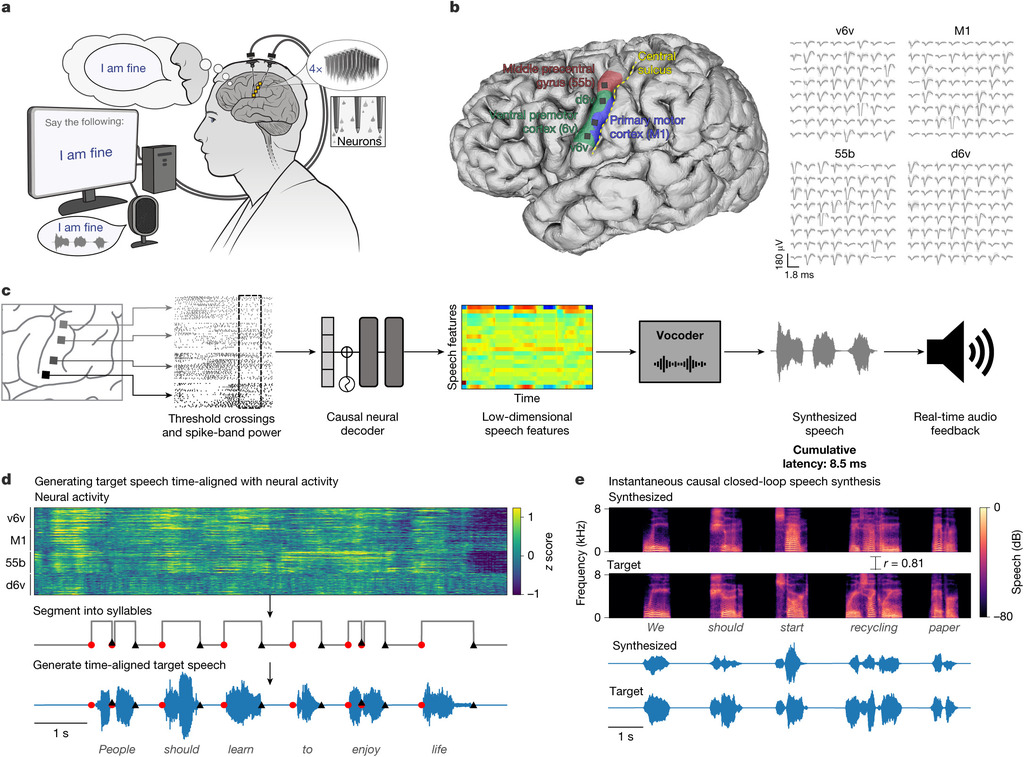
An instantaneous voice-synthesis neuroprosthesis
www.nature.com
June 13, 2025, 4:13 p.m.
Brain–computer interfaces (BCIs) have the potential to restore communication for people who have lost the ability to speak owing to a neurological disease or injury. BCIs have been used to translate the neural correlates of attempted speech into text. However, text communication fails to capture the nuances of human speech, such as prosody and immediately hearing one’s own voice. Here we demonstrate a brain-to-voice neuroprosthesis that instantaneously synthesizes voice with closed-loop audio feedback by decoding neural activity from 256 microelectrodes implanted into the ventral precentral gyrus of a man with amyotrophic lateral sclerosis and severe dysarthria. We overcame the challenge of lacking ground-truth speech for training the neural decoder and were able to accurately synthesize his voice. Along with phonemic content, we were also able to decode paralinguistic features from intracortical activity, enabling the participant to modulate his BCI-synthesized voice in real time to change intonation and sing short melodies. These results demonstrate the feasibility of enabling people with paralysis to speak intelligibly and expressively through a BCI.
Share on
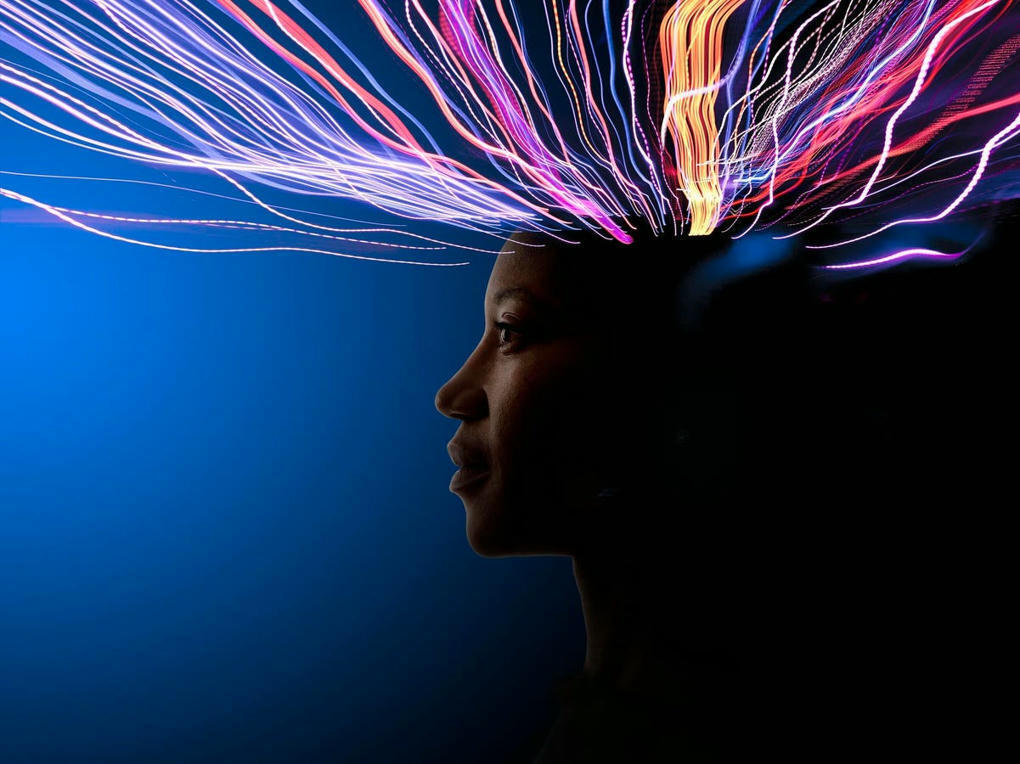
Apple Wants To Get Into Your Head, Literally
www.forbes.com
June 10, 2025, 5:34 a.m.
Apple make moves into brain technology with a process that may make it better than the Neuralink. But what are the implications?
Share on

The Brain-Implant Company Going for Neuralink’s Jugular
spectrum.ieee.org
May 15, 2025, 12:59 p.m.
For more than half a year, six people have been going about their lives with sensors implanted in blood vessels in their brains that enable them to communicate directly with their computers. The participants, who are all severely paralyzed, are taking part in a study that could change their lives and mark a turning point in brain-computer interface (BCI) technology. In 2024, they’ll find out if the tech will continue on the path to the clinic.
Share on
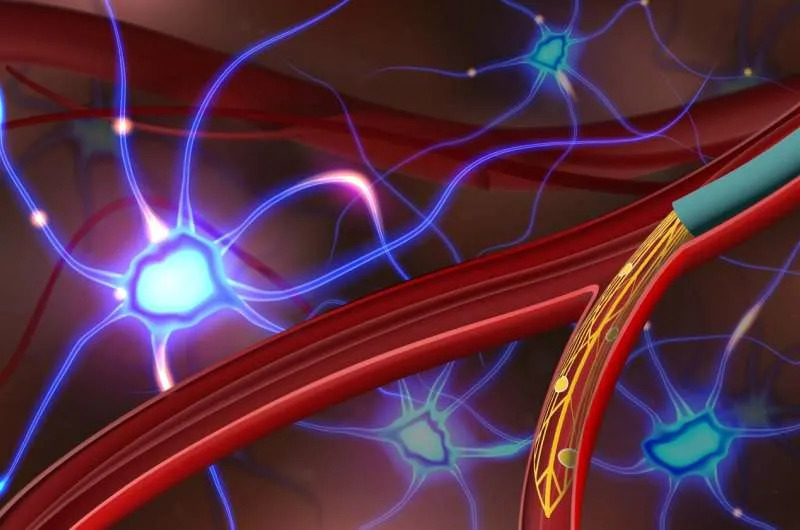
Ultraflexible endovascular probes for brain recording through micrometer-scale vasculature
www.science.org
April 29, 2025, 9:44 a.m.
We demonstrate ultraflexible micro-endovascular (MEV) probes that can be precisely delivered through the blood vessels in the neck into sub-100-micrometer scale vessels in rat brains (Fig. 1AOpens in image viewer). In vivo electrophysiology recording of local field potentials and single-unit spikes has been selectively achieved in the cortex and olfactory bulb. The flexible probe/vessel wall/brain interface exhibits minimal inflammatory response and long-term stability.
Share on

Bloomberg announced that Neuralink will be raising its next round at a $8.5B valuation
www.linkedin.com
April 25, 2025, 2:03 p.m.
Bloomberg announced that Neuralink will be raising its next round at a valuation of $8.5B. Nice work DJ Seo and team! For those of you wondering what this means for the larger BCI industry, I have created a thoughtful infographic.
Share on

Elon Musk’s Neuralink to raise $500 million at $8.5 billion valuation
nairametrics.com
April 25, 2025, 2 p.m.
If finalized, the round would bring Neuralink’s post-money valuation to around $9 billion, marking a significant leap from its $3.5 billion valuation in November 2023, based on PitchBook data. Discussions with potential investors are still ongoing, and terms could shift, insiders caution.
Share on